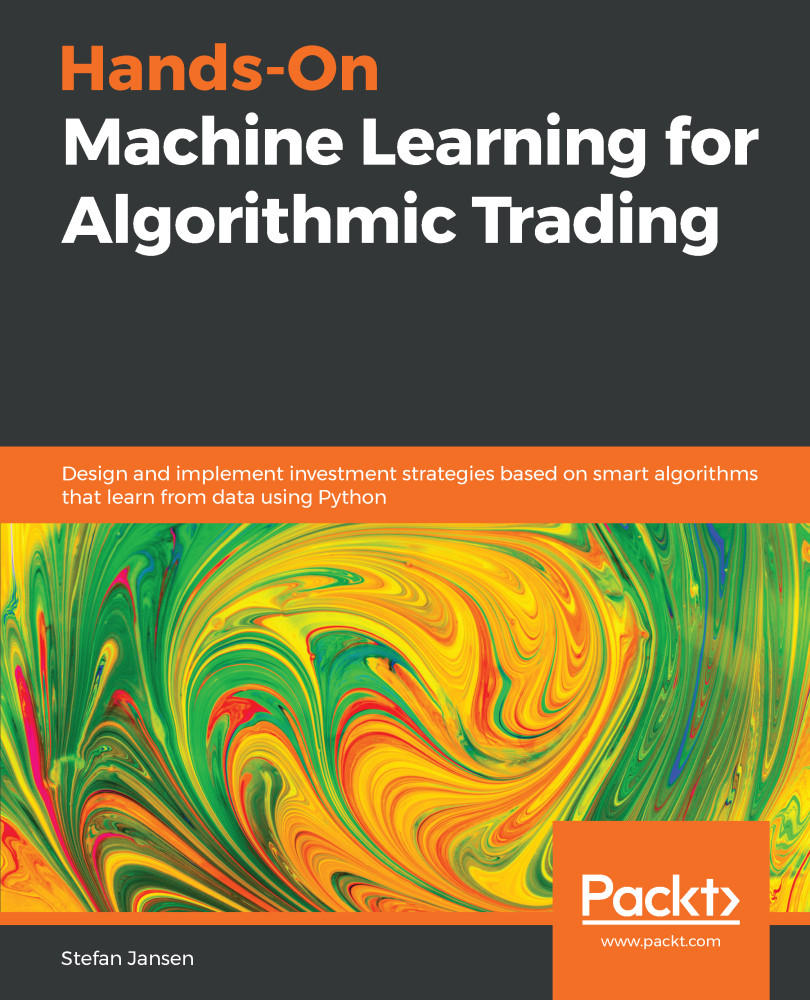Data has always been an essential driver of trading, and traders have long made efforts to gain an advantage by having access to superior information. These efforts date back at least to the rumors that the House Rothschild benefited handsomely from bond purchases upon advance news about the British victory at Waterloo carried by pigeons across the channel.
Today, investments in faster data access take the shape of the Go West consortium of leading high-frequency trading (HFT) firms that connects the Chicago Mercantile Exchange (CME) with Tokyo. The round-trip latency between the CME and the BATS exchange in New York has dropped to close to the theoretical limit of eight milliseconds as traders compete to exploit arbitrage opportunities.
Traditionally, investment strategies mostly relied on publicly available data, with limited efforts to create or...



